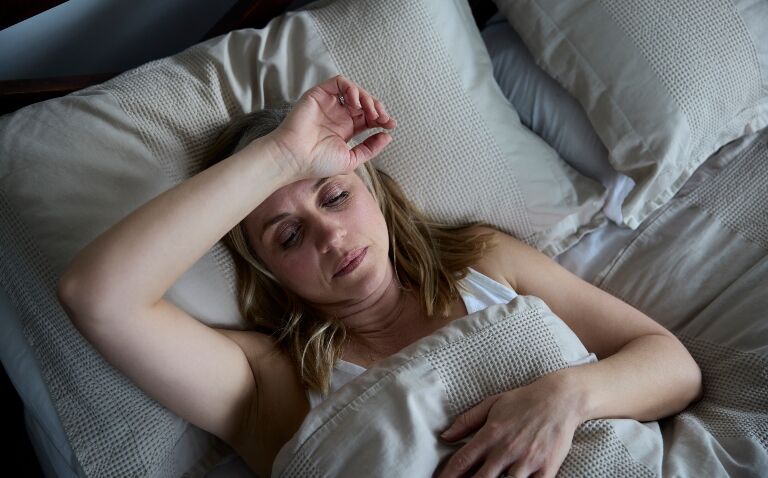Domiciliary transcutaneous electrical stimulation of the hypoglossal nerve could be used to reduce the severity of symptoms experienced by patients with obstructive sleep apnoea (OSA), according to the findings of recent study.
Patients treated with transcutaneous electrical stimulation showed improvements in nocturnal breathing and a significant reduction of daytime exhaustion.
The TESLA open-label phase 3 trial, which was published in eClinical Medicine and led by researchers from King’s College London and Guy’s & St Thomas’ NHS Foundation Trust, examined whether domiciliary transcutaneous electrical stimulation would control OSA and provide health benefits. Traditionally used for arthritis and during child labour, this study marked the first time the device has been used for OSA.
Participants with an apnoea-hypopnoea-index (AHI) of 5 to 35 (i.e. mild-to-severe disease) and a body mass index of 18.5 to 32, together with a documented lack of adherence to continuous positive airway pressure (CPAP) therapy, were included. Individuals were then randomised 1:1 to receive domiciliary transcutaneous electrical stimulation or usual care with ongoing CPAP therapy.
The primary outcome of the trial was the change in AHI at three months. Secondary outcomes included sleepiness – based on the Epworth Sleepiness Scale (ESS) – and the 4% oxygen desaturation index (ODI).
Transcutaneous electrical stimulation impact
A total of 56 participants were enrolled and randomly assigned to domiciliary transcutaneous electrical stimulation (29 participants, of which 27 completed the trial) or usual care (27 participants) and followed for a median of three months. The two groups were similar in terms of age, gender and body mass index.
At follow-up, the AHI had improved in the transcutaneous group (p = 0.006) compared to baseline, but not in the usual care group (p = 0.69). The unadjusted group difference in the AHI was −11.5, which was statistically significant (p = 0.016). However, when adjusted for the baseline value, this difference was no longer significant (p = 0.12).
Despite this, the mean group difference in the ESS at the end of the trial was significant after adjustment for the baseline value (p = 0.020), favouring the intervention. Similarly, adjusted mean difference in ODI was also significant (p = 0.036).
Minor adverse events were found in one of the participants who developed mild headaches related to the intervention.
The authors concluded that domiciliary transcutaneous electrical stimulation for patients with OSA without significant comorbidities is feasible, safe and reduces disease severity.
Professor Joerg Steier, consultant in respiratory and sleep medicine at Guy’s & St Thomas’ and professor of respiratory and sleep medicine at King’s College London’s School of Basic and Medical Biosciences, said: ‘A TENS machine is non-invasive, has little side effects and is cheap. The TESLA trial shows us the potential of a new therapeutic option, transcutaneous electrical stimulation, and it will be interesting to see how the method can be used in clinical practice.‘
OSA is a common condition affecting up to one billion people worldwide. It is diagnosed based on several symptoms including excessive daytime sleepiness, snoring, fatigue and witnessed breathing pauses (apnoeas), gasping, or choking while sleeping. Last year, evidence emerged that OSA may be diagnosed using machine learning diffusion tensor imaging models.










